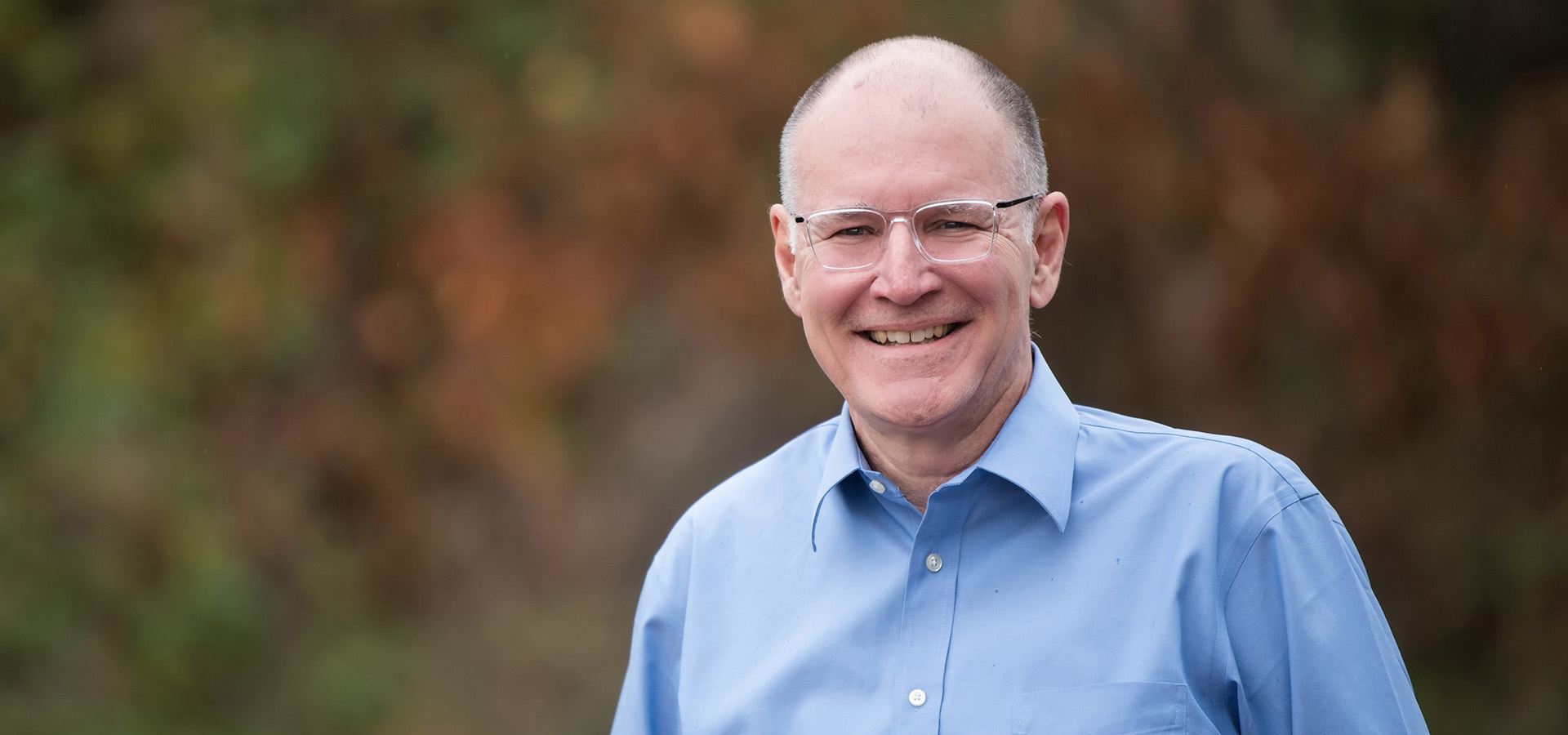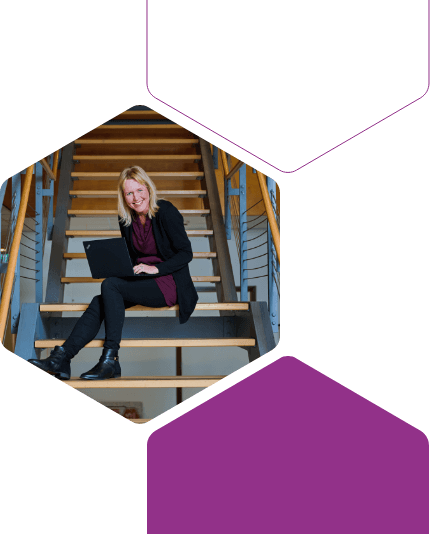While working in big pharma, Dr. Chris Teleha spent years working with CROs in the development area of the pharmaceutical industry. Last year, he made the switch to Symeres, where, as VP Business Development (BD) for the Drug Development Department of Symeres, he is responsible for identifying business opportunities to partner with biotech and large pharma companies that need support in the API manufacturing space.
Can you tell us a little bit about your career until now?
After getting my Ph.D. and starting my industrial career at DuPont in drug discovery, I found that I was drawn more to solving the problems of chemistry than discovering the next novel API. I had the opportunity to lead a scale-up group there, and for ten years my group innovated many exciting projects in the late-discovery space. I’ve spent the rest of my career at Janssen operating at the interface of the hand-off of APIs between discovery and development.
What are some of the lessons you learned as a CRO client?
It’s best to bring everything to the table when initially talking to a CRO. Don’t sugarcoat the technical package. If the client has a reaction that is irreproducible, don’t just send the procedure to the CRO that works best; tell them everything. The best way to engage a CRO is when they know the true challenge they are quoting for. Additionally, I’ve also found that full-time equivalent (FTE) projects with CROs, where the client is paying a monthly fee for a chemist, provides the best value for money. And when that FTE chemist is on a call after project kickoff, there is a synergy that develops between the client and CRO. That synergy can translate into ‘value’ beyond the deliverables of the project.
Over the years, have you seen changes to the CRO landscape? (e.g., are there more CROs now, is it more common to use CROs, have CROs become more focused on specialties?)
For a while, there were many small CROs servicing the pharma industry. Many started as a consequence of downsizing or entrepreneurial spirit of their owners. From the client side, if a business relationship could be started with them, clients felt like they had their own little shop providing pharma intermediates. Syncom (ca. 1988) and Mercachem (ca. 1997) were two examples of these ‘smallish shops’. As business increased at the CRO, many tried to figure how best to handle the need for more capacity. Companies like Symeres were formed as a coming together of two smaller CROs in the Netherlands, both providing similar services for different clients. Coming together in 2017, to form MercachemSyncom, was the best way to blend capacities and client bases. Later, they purchased underutilized manufacturing capacity, adding the Alcami site to their portfolio, again increasing capacity to service the combined client base of the two merged companies. We branded our expanded organization as Symeres in November 2020. Consolidation and expansion through purchase was also seen with other companies; in the years to come, there will probably be even more consolidation.
What is it like having been on the other end of the table for almost a year now?
I’ve found the work to be very engaging, primarily because I’ve been able to see really tough APIs/projects that clients bring to us, and I have the confidence of knowing that Symeres has a very experienced and knowledgeable scientific staff to tackle these challenges. From the BD standpoint, my responsibilities are to seek out clients for Symeres. When I’m able to engage a new (or existing client) in a scientific discussion that leads to our providing a proposal, which leads to a signed commitment, I bring everything that I’ve learned from the client side as an expectation of how we, as a CRO, should be working with the client. I get the opportunity to impart this to the relationship, as we develop solutions to their APIs.
What has been your biggest challenge since working for a CRO?
I joined Symeres in August 2020. Frankly, the COVID-19 pandemic has put a damper on how we, in BD, interact with clients. The biggest challenge is converting enthusiasm for clients’ scientific interests from the 2D (Zoom, MS Teams, Webex) from my home office into the 3D, which we’d normally be doing through on-site client visits. ‘Virtual coffee hours’ don’t have the same spontaneity because people can’t walk by like they can in a hallway setting!
What are the most frequently asked questions from companies looking for a CRO in development?
I’d have to say, ‘why does API manufacturing take so long?’ Frankly, most discovery chemistry routes to API require a redesign for numerous reasons: hazardous reagents or unacceptable yields and isolation methods, just to name a few of the issues. So, the challenge to develop a process for the ultimate goal of GMP manufacture has many opportunities to investigate; all of them take time.
What are some things one must consider before committing to a CRO?
How a client goes about choosing a CRO is a complex decision, and usually isn’t one made unilaterally. Additionally, it shouldn’t be one that a client makes purely based on the lowest cost, if the client is choosing from multiple bids for a project. Once the selection is made, though, the work from the client side isn’t finished. Although the CRO has to deliver on their commitments, the more engagement that the client brings to the science as it evolves within the CRO shop is where the hidden value can be uncovered. If the client has selected the right CRO for the project, the client is going to be eager to meet/talk/interact with the CRO. Finally, working with a CRO is not like a marriage. It might be hard to break away from a company you’re receiving service from, but throwing good money to receive bad science is unacceptable. It doesn’t hurt to put out feelers to other CROs and receive feedback on the science you’re paying for. Remember, it should always be ‘are you getting the best science from the CRO?’ We at Symeres can offer any client that opportunity. That’s why I am working for them.
Any other observations you would like to share?
Reach out to me and Symeres. Let’s discuss your API and scientific needs. Give us a chance to show you what we can do to advance your company’s objectives and increase the value for your portfolio.

